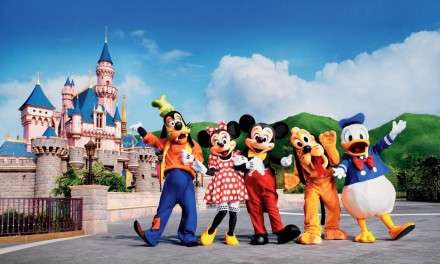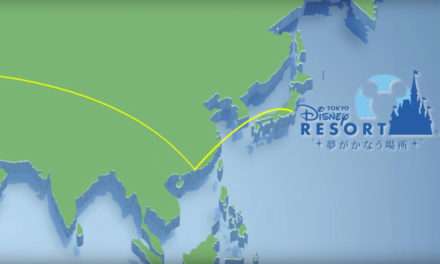Disney recently reported a noticeable shift in park attendance, despite strong revenue figures for its Experiences segment, including Parks & Resorts and Consumer Products, which brought in a commendable $8.3 billion for Q2 2024. However, CEO Bob Iger hinted at a possible slowdown moving forward. During the recent earnings call, CFO Hugh Johnston highlighted Disney Cruise Line and Walt Disney World’s significant domestic growth, contrasting Disneyland’s slight decline influenced by cost inflation and higher labor expenses. He also noted Hong Kong Disneyland’s strong performance, likely driven by a combination of its late reopening and the introduction of the new World of Frozen attraction.
Walt Disney World’s resurgence, mentioned positively for the first time in over a year, contrasts with Disneyland’s recent performance. Johnston indicated a moderating trend in global travel demand, following an unprecedented surge post-COVID. While upcoming quarters might see stabilization rather than growth due to one-off factors like new Disney Cruise Line launches and normalized demand, Johnston expects a strong rebound by Q4.
CEO Iger added that park attendance is normalizing after the post-COVID highs but emphasized that forward bookings still point to healthy growth. Iger’s optimism underscores that while attendance may not match the peak levels seen during the immediate post-pandemic period, the parks continue to perform robustly. This period of normalization should not be mistaken for a downturn; it’s a return to more sustainable attendance figures.
As we zoom out, it’s clear that Disney’s parks are still far outperforming pre-COVID levels in terms of revenue, operating income, and per guest spending. Though Disney has had to offer more discounts to attract visitors, overall financial health remains strong compared to fiscal year 2019. The essential takeaway is that Disney is adapting well by using various incentives, such as the 4-Park Magic Ticket, to maintain visitor interest and park occupancy.
Ultimately, the “warnings” issued by Iger and Johnston suggest a normalization rather than a crisis. Lower attendance can benefit park-goers, making your next trip more enjoyable with potentially shorter wait times and enhanced offerings. It seems Disney’s strategy and value proposition continue to appeal to guests worldwide.
What are your thoughts on the potential attendance normalization at Disney Parks? Do you think this will improve your experience, or are you concerned about the long-term impact on Disney’s attractions? Share your opinions in the comments below and let’s get the conversation started! Don’t forget to share this story and interact with other Disney enthusiasts.




